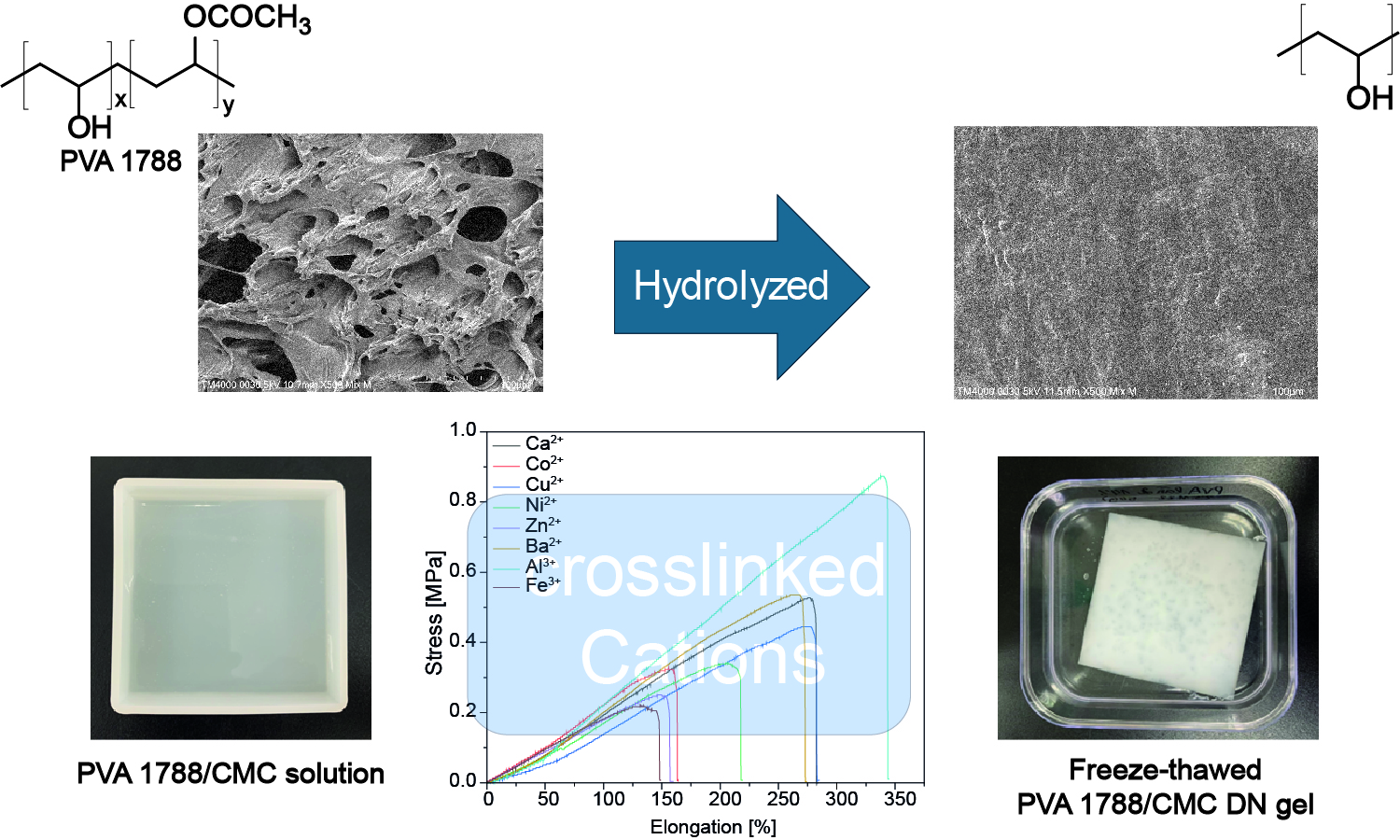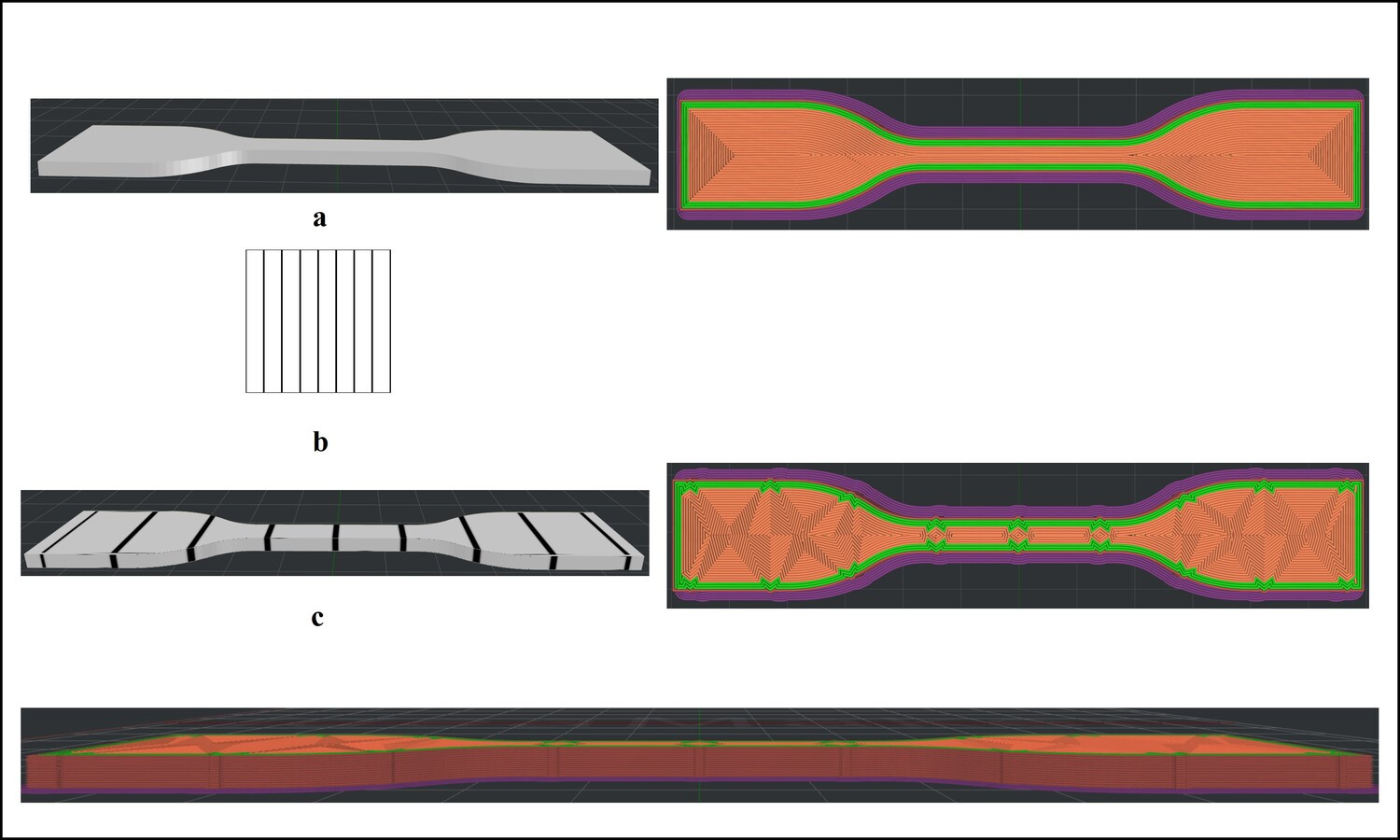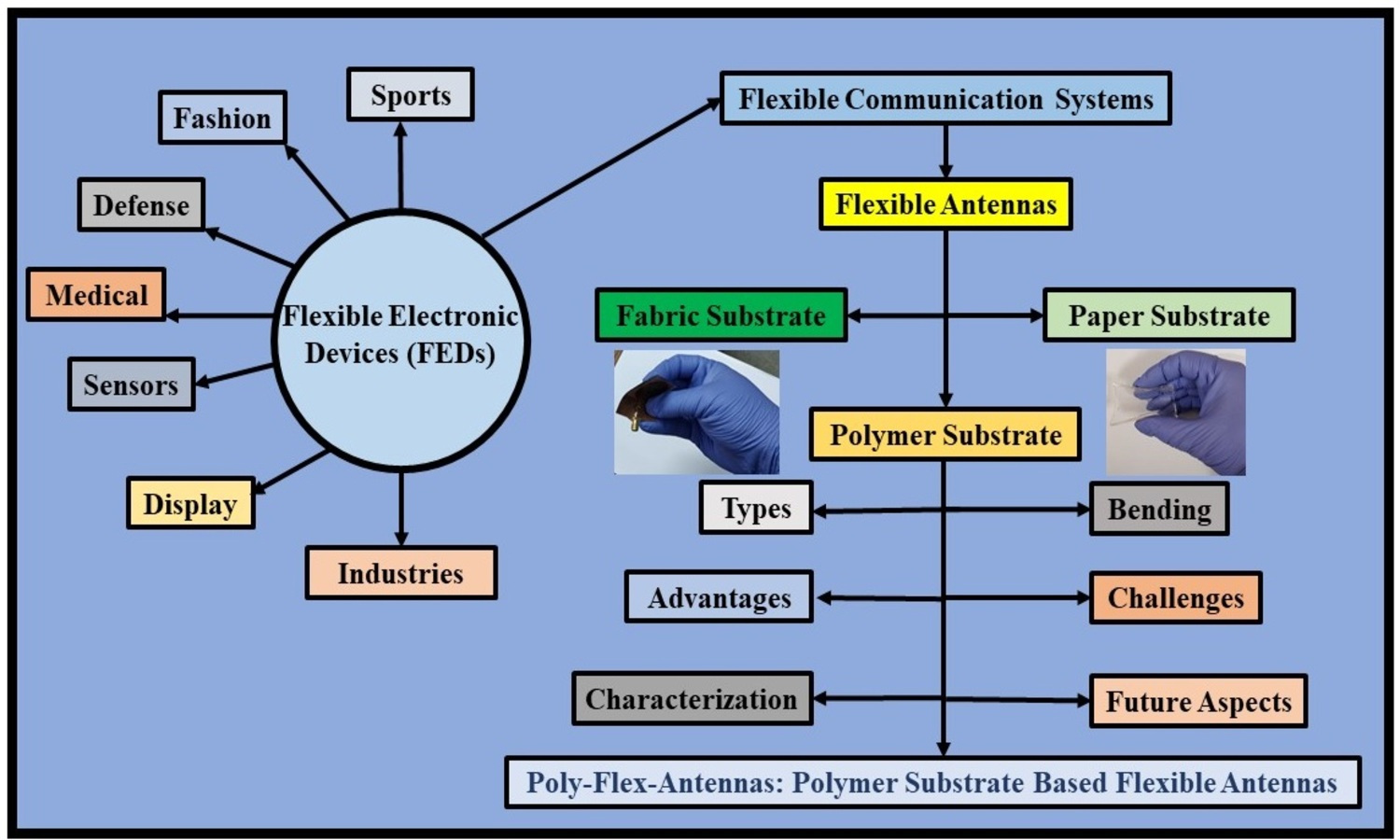Fully physical double network gel based on low hydrolysis degree poly(vinyl alcohol)
Vol. 19., No.5., Pages 519-530, 2025
DOI: 10.3144/expresspolymlett.2025.38
DOI: 10.3144/expresspolymlett.2025.38
GRAPHICAL ABSTRACT

ABSTRACT
Freeze-thaw (F-T) poly(vinyl alcohol) (PVA) as a soft network and ionic-crosslinked sodium carboxymethyl cellulose (CMC) as a hard network were applied to fabricate a double network (DN) gel using a one-step process. Mechanical properties of the DN gel using a high degree of hydrolysis PVA (PVA-CMC of 60-1) were significantly improved compared to that of a single network gel of PVA. The tensile strength of ~0.55 MPa and elongation at break of 179% could be achieved. The mechanical properties of PVA-poly(acrylic acid) DN gel were lower than that of PVA-CMC samples. Fourier-transformed infrared (FTIR) spectroscopy results showed less compatibility between polyacrylic acid (PAA) and PVA compared to that of CMC. The solution made from the lower hydrolysis degree PVA (PVA1788) could form a strong gel after being treated with NaOH 1 M. The FTIR result showed the disappearance of acetate groups. A large melting peak in differential scanning calorimetry (DSC) results showed high crystallinity of the hydrolyzed-PVA1788. The effect of various multivalent cations on the mechanical properties of PVA1788-CMC DN gel was performed. The properties of the samples followed the order: Fe3+<Co2+<Ni2+<Cu2+<Zn2+<Ca2+~Ba2+<Al3+. The tensile strength of DN gel fabricated using AlCl3 solution could reach 0.87 MPa, and the elongation at break was 330%.
RELATED ARTICLES
Emir Avcioglu
Vol. 19., No.1., Pages 3-14, 2025
DOI: 10.3144/expresspolymlett.2025.2
Vol. 19., No.1., Pages 3-14, 2025
DOI: 10.3144/expresspolymlett.2025.2

Additive manufacturing is favored for its capacity to create intricate geometries and enhance component functionality more efficiently than traditional methods. Applying texture to materials is one of the processes used to add functionality to products, wherein it can improve adhesion and tribological behavior in biomedical applications while also controlling mechanical properties and providing perceptual and aesthetic improvements. In this study, custom black-white images containing vertical lines were prepared and added as textures to the design of tensile test specimens during slicing. Custom textured and untextured tensile test specimens were fabricated using the Fused Deposition Method with polylactic Acid filament to evaluate the effect of texture parameters, such as protrusion offset (0.25, 0.50, 0.75 mm), number of protrusions (3, 6) and infill pattern (rectilinear, line, concentric), on the tensile strength of the specimens. Through the analysis of tensile test results and examination of microscopic and slicing software images, it was found that texturing resulted in a reduction in ultimate tensile strength due to nozzle trajectory deviations and stress concentration. The least detrimental texturing parameters observed in this study were 0.5 mm protrusion offset and 3 protrusions with concentric and line infill patterns, resulting in a reduction in tensile strength of 2.36 and 5.79%, respectively when compared to untextured specimens.
Praveen Kumar Sharma, Jae-Young Chung
Vol. 18., No.4., Pages 371-390, 2024
DOI: 10.3144/expresspolymlett.2024.28
Vol. 18., No.4., Pages 371-390, 2024
DOI: 10.3144/expresspolymlett.2024.28

The
proliferation of flexible electronics has entirely transformed the field of
antenna design and paved the door for cutting-edge uses in communication,
sensing, and other areas. The present research lends a succinct overview of the
intriguing advancements in flexible antenna technology, with specific emphasis
on the implementation of polymer substrates. As we refer to poly-flex antennas in
this article, they stand for the incorporation of polymer substrates in antenna
design. Polymer substrates are the optimum candidate for flexible antenna
applications as they have specific advantages, including being lightweight,
conformable, and inexpensive. The main features of poly-flex antennas, such as
their design concepts, fabrication processes, and performance characteristics,
are being explored in this proposed article. We delve into the wide variety of
polymer substrates that are appropriate for antennas, taking into account their
dielectric characteristics, flexibility, and environmental resistance. Their
dielectric characterization, bending effects, challenges, and future prospects
of this burgeoning field are also addressed. We conclude by emphasizing the
immense potential of poly-flex-antennas to shape the future of wireless
communication and sensing systems, and how the adoption of polymer substrates
is driving innovation in antenna engineering.




